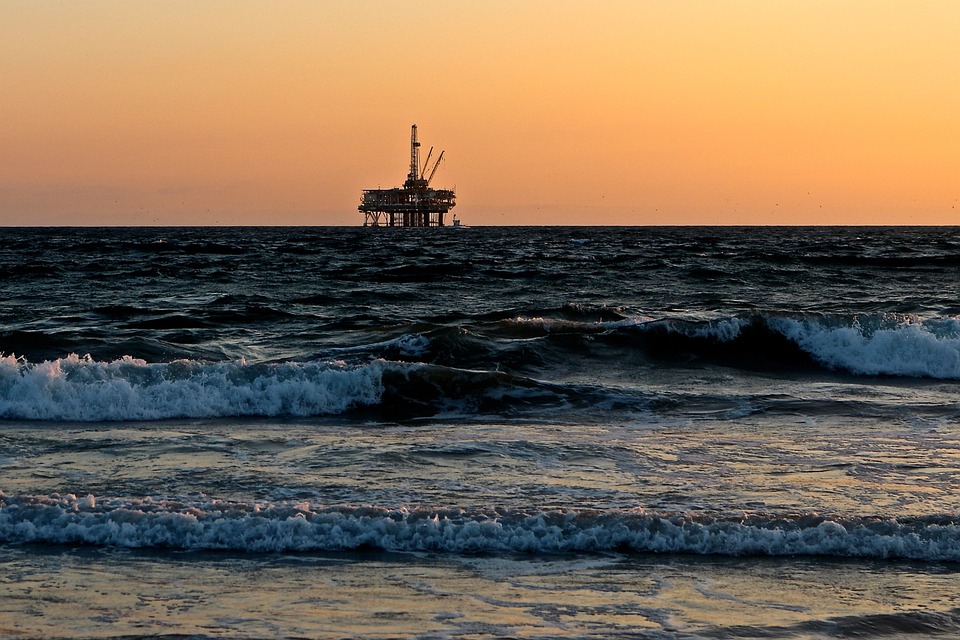What Is A Climate Lock Down?
Climate lockdown is an environmental strategy designed to reduce emissions and mitigate climate change. It involves a set of actions that limit the amount of carbon dioxide (CO2) in the atmosphere, which is the main driver of global warming. This strategy is usually implemented by governments, businesses, and individuals, with each taking different actions to reduce their own emissions.
The goal of a climate lockdown is to reduce emissions to a level that is in line with the Paris Agreement, which is an international agreement that sets global targets for reducing carbon emissions. To meet these targets, countries have to both cut their emissions and adapt their economies to a low-carbon future.
What Are The Components Of A Climate Lock Down?
A climate lockdown consists of a set of actions that are designed to reduce emissions and mitigate climate change. These actions include:
• Increasing the use of renewable energy sources such as solar and wind power.
• Reducing emissions from the burning of fossil fuels, such as coal, oil, and natural gas.
• Increasing energy efficiency, such as through the use of LED lights and insulation.
• Reducing deforestation and other activities that increase emissions.
• Investing in green infrastructure, such as green roofs and electric public transportation.
• Implementing carbon pricing or other economic incentives to reduce emissions.
What Are The Benefits Of A Climate Lock Down?
A climate lockdown has many benefits. Not only will it help reduce emissions, but it will also help create jobs, improve public health, and increase economic growth.
• Reducing emissions can help slow down global warming and the effects of climate change.
• Investing in renewable energy sources can create jobs in the renewable energy sector.
• Improving energy efficiency can help lower utility bills and reduce energy consumption.
• Investing in green infrastructure can create jobs in construction and other related industries.
• Reducing deforestation can help protect biodiversity and preserve ecosystems.
• Carbon pricing or other economic incentives can encourage businesses to reduce emissions.
Conclusion
A climate lockdown is an important strategy for reducing emissions and mitigating climate change. It involves a set of actions that limit the amount of carbon dioxide in the atmosphere and help meet the targets of the Paris Agreement. By taking these actions, governments, businesses, and individuals can help reduce emissions and create a low-carbon economy.

Kyle Whyte is a notable scholar and professor at the University of Michigan, holding positions such as the George Willis Pack Professor in the School for Environment and Sustainability and Professor of Philosophy. Specializing in environmental justice, his work critically examines climate policy and Indigenous peoples’ ethics, emphasizing the nexus between cooperative scientific endeavors and Indigenous justice. As an enrolled Citizen Potawatomi Nation member, he brings a vital perspective to his roles as a U.S. Science Envoy and member of the White House Environmental Justice Advisory Council. His influential research is supported by various prestigious organizations including the National Science Foundation, and disseminated through publications in high-impact journals. Kyle actively contributes to global Indigenous research methodologies and education, with affiliations to numerous institutes and societies dedicated to traditional knowledge and sustainability. Recognized for his academic and community engagement, Kyle has earned multiple awards and served in various visiting professorships. His efforts extend to leadership positions on boards and committees focused on environmental justice nationwide.
